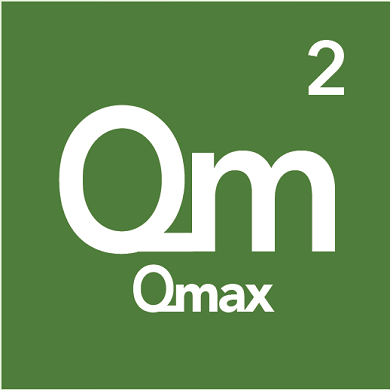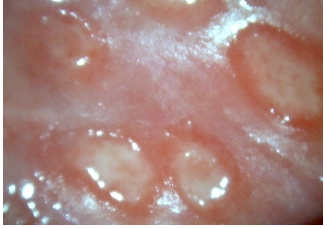Check out today’s Step 2 CK Qmax Question Challenge.
Know the answer? Post it in the comments below! Don’t forget to check back for an update with the correct answer and explanation (we’ll post it in the comments section below).
A 16-month-old, full-term boy is brought to the emergency department with burns on his chest and left arm. His mother states that she was boiling water and accidentally splashed some onto him when he startled her. She applied ice at home and immediately brought him to the emergency department for evaluation. His temperature is 37.0°C (98.6°F), pulse is 150/min, and respiratory rate is 22/min. He cries during the examination, but touching the lesions lightly does not cause increased distress. The burns are brightly erythematous in some areas, with patchy whitish, waxy spots. Several large, thin blisters have unroofed. The burns do not blanch with pressure, although this maneuver does elicit pain.
What is the depth of the described burns?
A. Deep partial-thickness burn
B. Full-thickness/third-degree burn
C. Superficial partial-thickness burn
D. Superficial/first-degree burn
———————–
Want to know the ‘bottom line?’ Purchase a USMLE-Rx Subscription and get many more features, more questions, and passages from First Aid, including images, references, and other facts relevant to this question.
This practice question is an actual question from the USMLE-Rx Step 2 CK test bank. Get more Step 2 CK study help atUSMLE-Rx.com.





D
D
A. Previously were known as 3rd degree burn. The presence of blisters and non-blanching burn gave it away.
If you see blisters and the burn blanches then it would be superficial partial thickness (2nd degree burn)
Thank you Dalianne.
a
The correct answer is A. This is a classic description of a deep partial-thickness or deep second-degree burn. The epidermis and most of the dermis are involved. There is some loss of pain sensation, but pain with deep pressure is still experienced. The capillary supply is somewhat compromised in these deeper burns, and blanching may not occur when pressure is applied. These burns can be difficult to distinguish from full-thickness burns, and careful observation may lead to reclassification as the lesions evolve.
B is not correct. Full-thickness, or third-degree, burns involve both the epidermis and the entire dermis. The area is typically painless and white-grey to black, dry, and does not blanch.
C is not correct. Superficial partial-thickness or superficial second-degree burns are typically quite painful and involve blistering. Blanching occurs when pressure is applied because the capillary supply is intact. The epidermis and less than half of the dermis are involved in superficial second-degree burns.
D is not correct. Superficial, or first-degree, burns are quite painful, erythematous, and blanch with pressure. Because only the epidermis is involved, these burns are dry and do not blister.
Thanks for explanation
Thanks FirstAidTeam
This has helped to clear my Forensics Viva-Voce Examination few days ago.
ahhhh ya estaba esperando q postearasssss. sos increiblemente talentosa, amo lo que haces y me pone muy feliz q exista alguien como vos en el mundoooo. te qu]oooeooooooro[iCamila Coelho Respondeu:October 12th, 2012 em 1:25 pm, Ohhhh, muchas gracias mi amor. Usted es tan dulce. Me alegro mucho de que te gusta el blog. Besos <3[]
[…] En este último trimestre, la movida entre operadoras móviles por acaparar servicios como el video, ha sido una constante y una movida interesante; en especial de nuestra región latina, donde servicios como Netflix, Fox, … […]